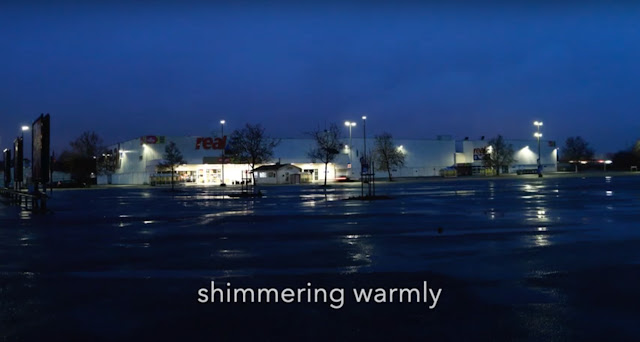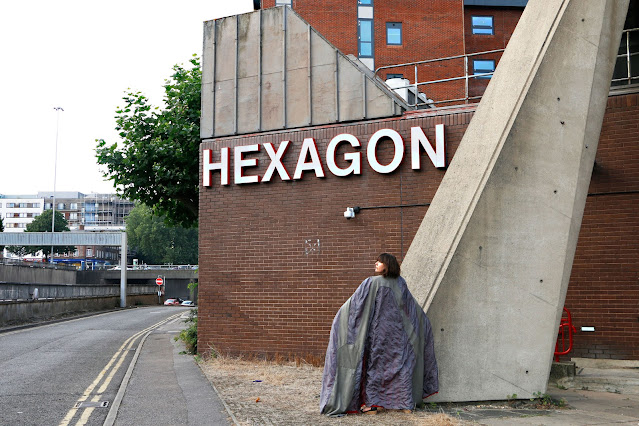Für die Schriften und Ideen Oscar Wildes begeistere ich mich schon seit meiner Jugend. Allerdings wäre der irische Dichter nie der glamouröse, schlagfertige Schöngeist und Dandy geworden, als der er heute bekannt ist, hätte er nicht ein nicht weniger spektakuläres Vorbild gehabt – seine Mutter Jane. Ihr habe ich meine Arbeit „Francesca Speranza“ gewidmet, ein skulpturhaftes Kleid aus schweren Seilen.
Die als Jane Frances Elgee im irischen Wexford geborene Dichterin war mit ihrem selbstbewussten künstlerischen Auftreten in der Mitte des 19. Jahrhunderts eine Ausnahmeerscheinung und inszenierte sich als Nachfahrin Dante Aligieris und als irische Nationaldichterin. Nach ihrer Hochzeit mit William Wilde firmierte sie unter dem Namen Jane Francesca Lady Wilde und legte sich den Beinamen „Speranza“ zu. Mit ihren Schriften und ihrer Selbstinszenierung hatte sie einen großen Einfluss auf das Werk ihres Sohnes, trat allerdings zunehmend hinter dessen Arbeiten in den Hintergrund. Ich betrachte Jane Wilde als eine frühe Performancekünstlerin, die zu Unrecht vergessen wurde.
Im Jahr 2019 habe ich an einem Künstleraustausch zwischen Wuppertal und Wexford teilgenommen (STEADY SMILE MOVE in der Camera 8 und Here/There), der im September 2021 mit einer Ausstellung in der Stadtsparkasse Wuppertal und der Galerie Grölle passprojects fortsgesetzt wurde (Link). Meine Idee zu dem Kleid für Jane Wilde basiert auf meinen Besuchen in ihrer Heimatstadt sowie meiner jahrzehtelangen Begeisterung für Oscar Wilde.
Das Kostüm besteht aus 100 Metern Seil, die ich dunkelgrau gefärbt, in Schlingen und Knoten gelegt und mit Draht verbunden habe. Auf diese Weise entstand eine transparente, skulpturale, rauhe Konstruktion, die auf dem Gemälde „Sidonia von Bork“ des Präraffaelitischen Malers Edward Burne-Jones basiert. Jane Wilde hatte den Schauerroman von Wilhelm Meinhold aus dem Jahr 1847, den das Gemälde illustriert, aus dem Deutschen ins Englische übersetzt und damit großen Erfolg gehabt. Die Geschichte handelt von einer für ihre Zeit sehr emanzipierten, mutigen Frau, die wie Jane Wilde für ihre Überzeugungen kämpfte und schließlich scheiterte. Aus diesem Grund habe ich die Zartheit Burne-Jones' Gemälde in eine brachiale Form umgesetzt.
Vom 20. 11. 2021 bis zum 22. 01. 2022 ist „Francesca Speranza“ in der Galerie Grölle passprojects in Wuppertal zu sehen, als Teil der Gruppenausstellung <<N>>, in der zeitgenössische textile Kunst gezeigt wird (Link).


























